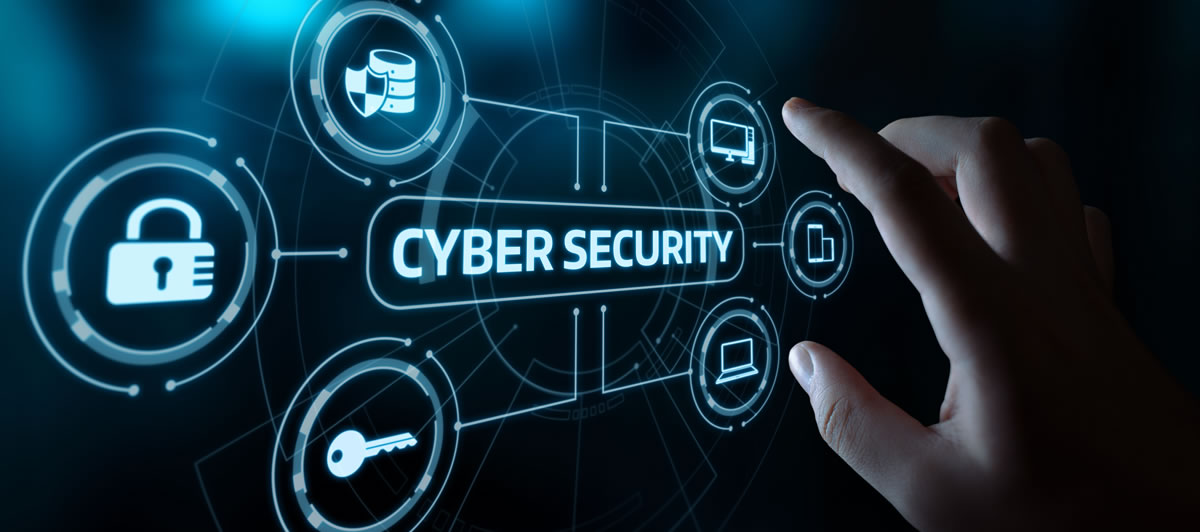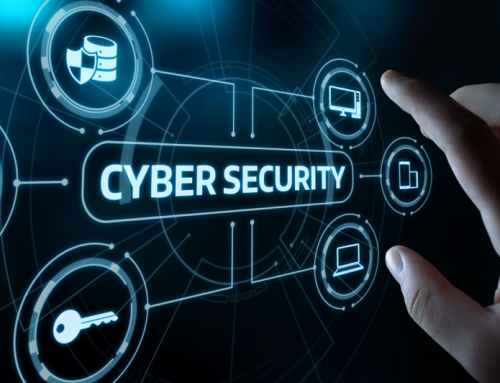If you’ve been in cybersecurity long enough, you know that laptops, desktops, and servers are often the easiest way attackers get a foot in the door. That’s where Endpoint Detection and Response (EDR) comes in. Instead of just relying on old-school antivirus that blocks known threats, EDR goes deeper. It’s like having a watchful bodyguard on every endpoint, ready to detect suspicious activity, respond to incidents, and even help you investigate what went wrong.
What Exactly Is EDR?
Think of EDR as the next evolution of endpoint security. Traditional antivirus tools are great at spotting known malware signatures, but attackers don’t always play by the book. They use new tricks, zero-day exploits, and fileless attacks that slip right past outdated defenses.
EDR tools don’t just scan files — they continuously monitor endpoints, looking at processes, behaviors, and unusual patterns. If something suspicious pops up, like a random PowerShell script trying to connect to a strange IP address, the EDR agent can alert you or even stop it automatically.
In short:
-
Antivirus stops the obvious stuff.
-
EDR digs deeper and fights smarter.
Key Features of EDR Tools
So what makes EDR stand out? Here are some core features you’ll see in most platforms:
-
Real-Time Monitoring: Constant visibility into what’s happening on endpoints.
-
Threat Detection: Spotting known and unknown threats using behavioral analysis and machine learning.
-
Incident Response: Automatically isolating a device from the network if it’s compromised.
-
Forensic Analysis: Giving analysts the ability to dig into logs and activity trails to figure out the root cause.
-
Integration with Other Tools: Many EDRs work hand-in-hand with SIEM and SOAR to create a bigger security picture.
Popular EDR solutions include CrowdStrike Falcon, SentinelOne, Microsoft Defender for Endpoint, and Carbon Black — all widely used in enterprise environments.
Best Practices for Using EDR
Just buying an EDR tool doesn’t make you secure. The real magic happens when it’s implemented and managed properly. Here are a few best practices:
-
Deploy Broadly: Make sure all endpoints are covered — not just office desktops, but also remote laptops, servers, and even cloud-based workloads.
-
Set Clear Alerts: Tune your EDR so it’s not overwhelming analysts with noise. Focus alerts on what really matters.
-
Integrate with SIEM/SOAR: Connect your EDR to your SIEM for visibility and your SOAR for automated responses.
-
Regularly Review Playbooks: Ensure your response workflows (like isolating a host or killing a process) are up-to-date.
-
Train Your Team: Tools are only as good as the people behind them. Analysts need practice interpreting EDR alerts and running investigations.
Why EDR Matters for CompTIA Certifications
If you’re preparing for CompTIA CySA+ (Cybersecurity Analyst+), Security+, or even CASP+, understanding EDR is more than just nice-to-know. It’s directly tied to exam objectives:
-
CySA+: Covers endpoint monitoring, threat detection, and incident response — basically a textbook definition of EDR’s role.
-
Security+: Introduces endpoint protection and monitoring as part of broader security fundamentals.
-
CASP+: Focuses on advanced enterprise solutions, where EDR is a critical piece of layered defense.
Plus, if you already hold a cert, digging deeper into EDR tools can count toward continuing education credits — making it a win-win.
A Real-World Example
Imagine an employee opens an email attachment they thought was harmless. Suddenly, an unknown executable starts running in the background.
With only antivirus, that might slip through. With EDR, though? The system notices the unusual process, blocks it, isolates the machine from the network, and sends you an alert with details like: what process ran, what IP it tried to contact, and what files it touched.
That not only stops the attack in its tracks but also gives you the information you need to prevent it from happening again.
Wrapping It Up
Endpoints are still one of the biggest attack surfaces in modern enterprises. EDR brings visibility, speed, and intelligence to defending them.
If you’re working on your CompTIA certification journey, take the time to learn how EDR tools function. Not only will it make the exam objectives click, but it’ll also prepare you for the real-world scenarios you’ll face as an analyst.
And honestly? Once you see EDR in action, you’ll wonder how anyone ever relied on antivirus alone.




